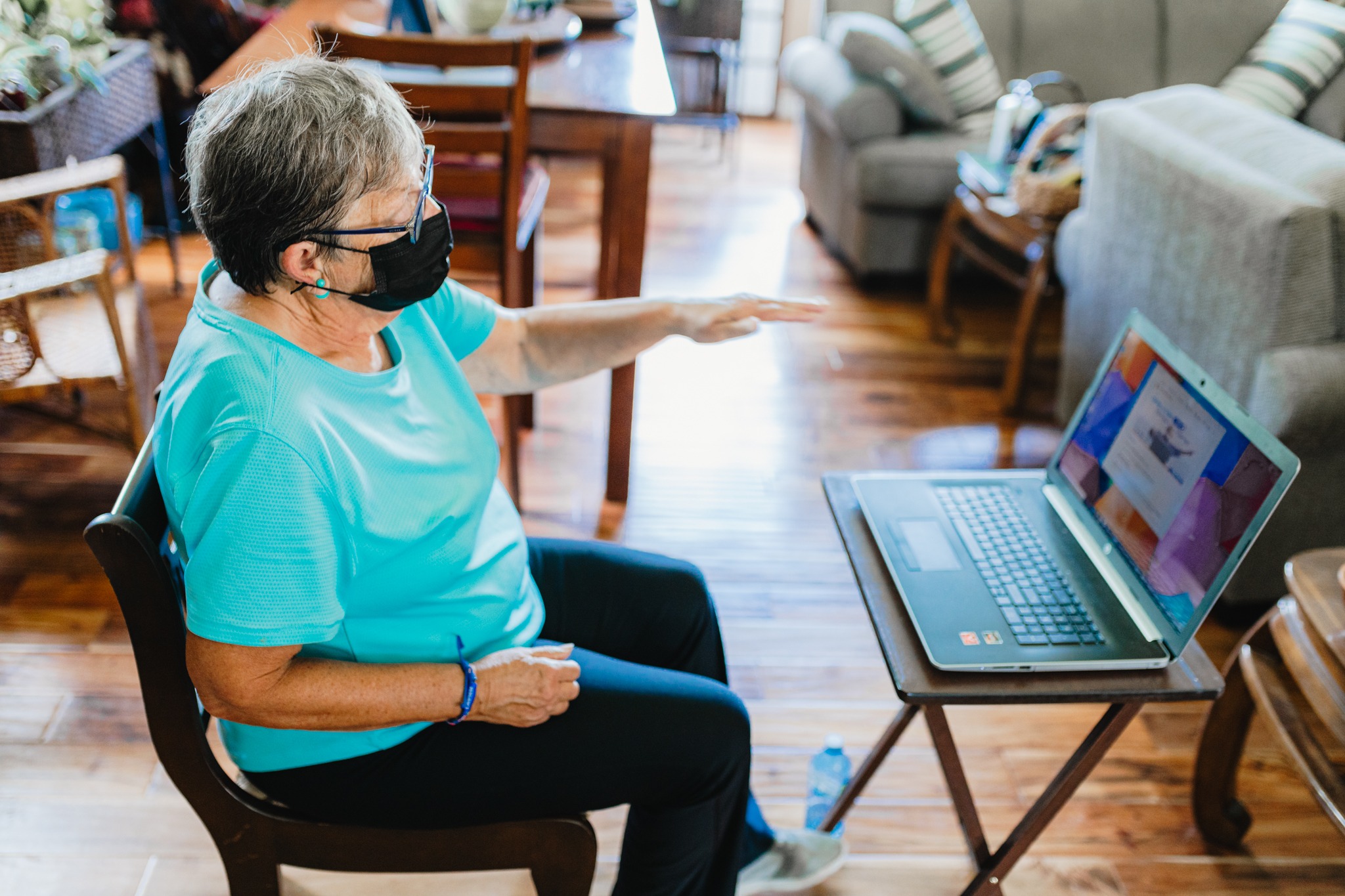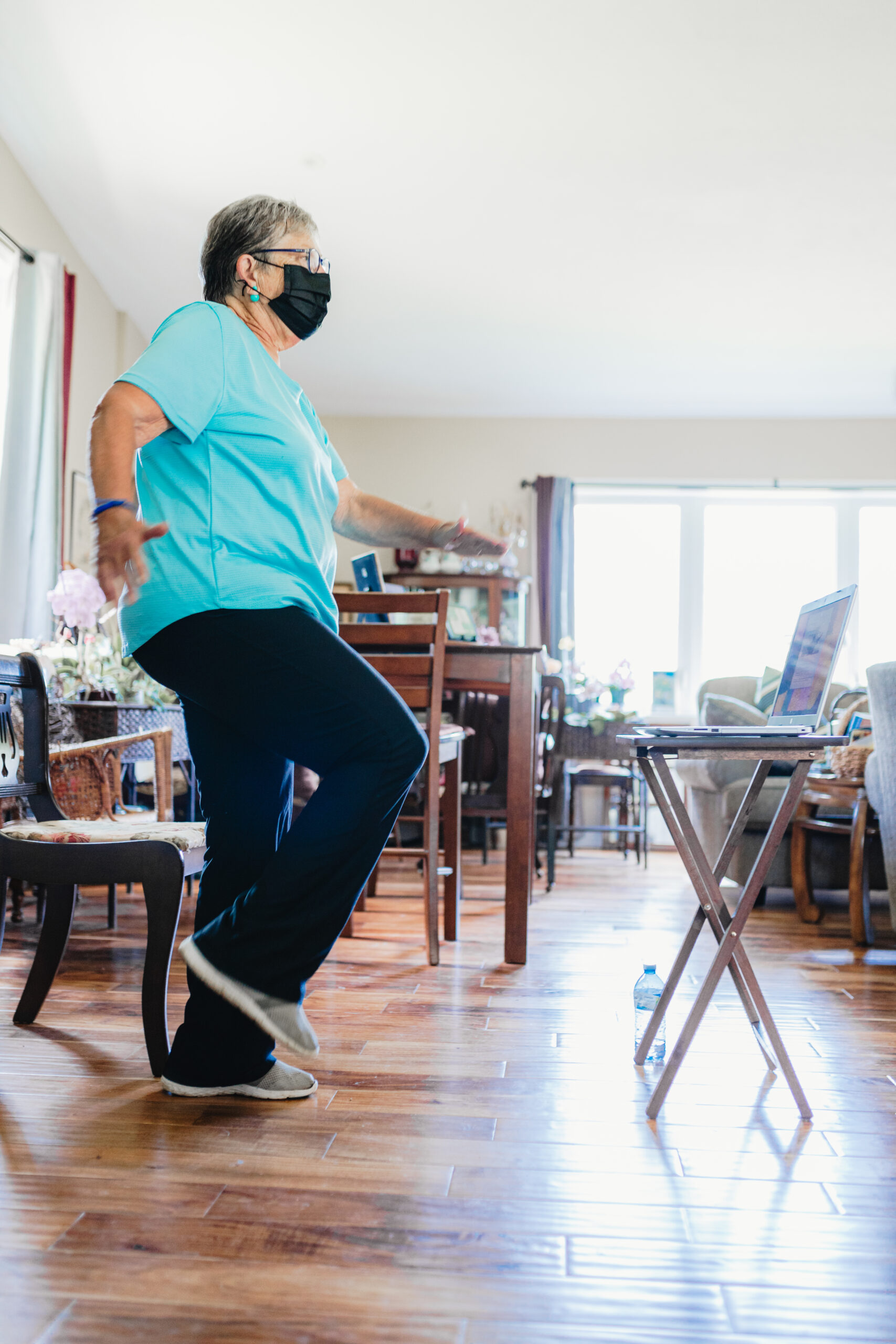Related Research
Learn more about our studies
Overview: GERAS DANCE was designed as an in-person program. The purpose of this study was to broaden the programs reach and implement a virtual setting for GERAS DANCE in various practice setting. The goals of the study were to: 1) Explore how to best adapt GERAS DANCE to meet the needs of older adults in various practice settings (LTC, in-hospital and community), and 2) Identify the barriers and facilitators to implementation of GERAS DANCE in these settings.

| Study Type: | Observational |
| Participants (N): | 9 sites (15 healthcare professionals, LTC staff and program managers) |
| Primary Purpose: | Health Services Research |
| Methods: | For two months the GERAS Centre recruited healthcare professionals, LTC staff and program managers from various LTC homes, hospitals and community organizations across Ontario. Fifteen (15) individuals participated from 9 various sites. The design of the study included qualitative data that was collected through semi-structured interviews and questionnaires to discuss program adaptations and discuss the possible barriers and facilitators to implementing GERAS DANCE in various practice settings. This study used a conceptual framework (Consolidated Framework for Implementation Research (CFIR)) to evaluate the implementation of GERAS DANCE and identify factors that influence the intervention. |
High-Impact Research
A successful Implementation of GERAS DANCE in diverse settings.



